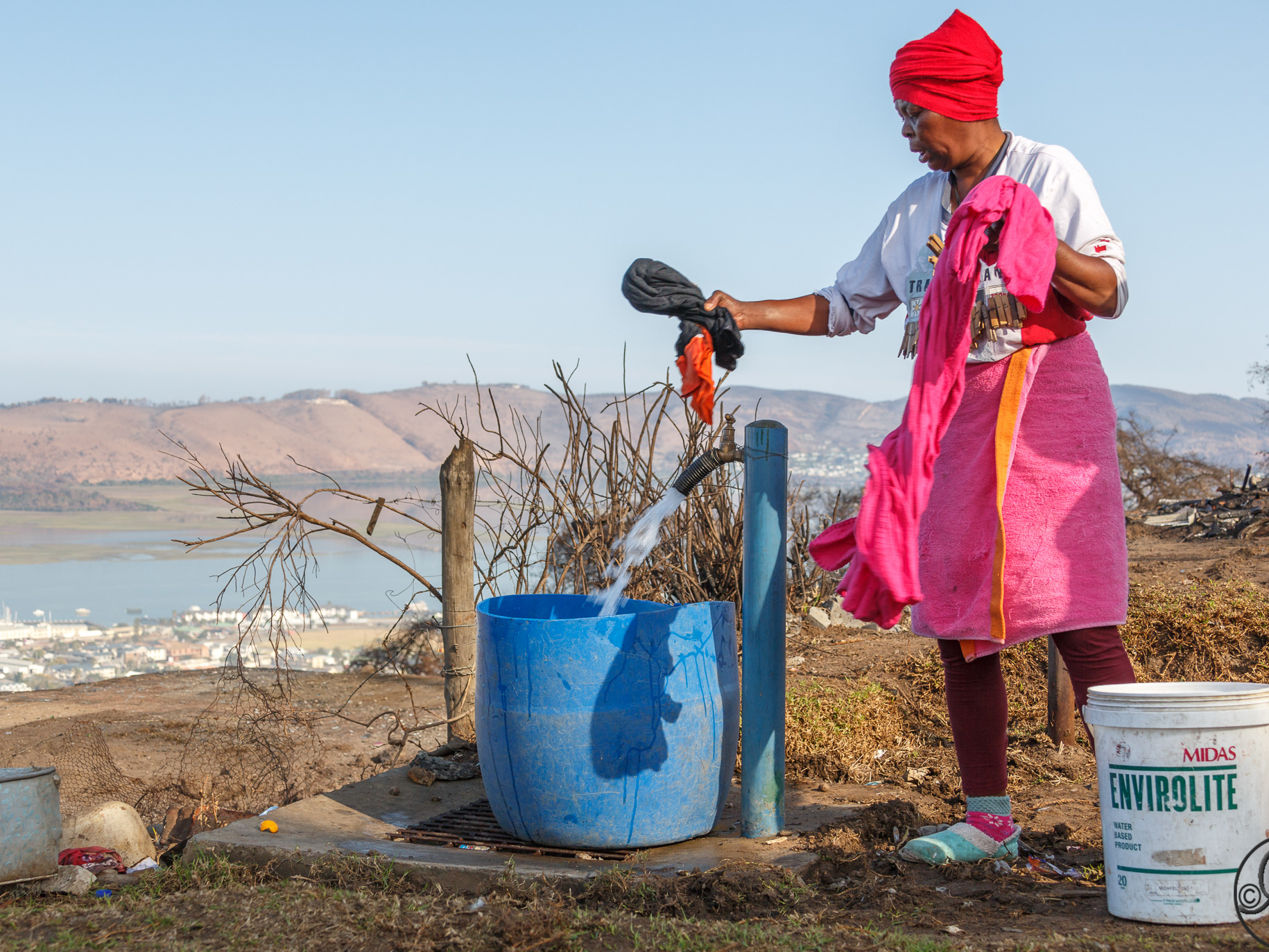FLAMENCO
Flamenco is an artform native to the Spanish regions of Andalusia, Extremadura and Murcia. It includes cante (singing), toque (guitar playing), baile (dance) and jaleo (vocalizations) and palmas (handclapping) and pitos (finger snapping)). First mentioned in literature in 1774, the genre originates in Andalusian music and dance styles. Flamenco is strongly associated with the gitanos (Romani people of Spain) - however, unlike Romani music of eastern Europe, the style is distinctively Andalusian and the fusion of the various cultures of southern Spain is clearly perceptible in Flamenco music. Although there are many theories on its influences and origins, the most widespread highlights a Morisco heritage, the cultural melting pot that was Andalusia at the time (Andalusians, Moors, Castilian settlers, Romanis and Jews) fostering its development over time. Flamenco music, as a theatrical representation of Andalusian musical tradition, was first recorded in the late 18th century but the genre underwent a dramatic development in the late 19th century. In recent years, flamenco has become popular all over the world and is taught in many non-Hispanic countries, especially United States and Japan. In Japan, there are more flamenco academies than there are in Spain. On November 16, 2010, UNESCO declared flamenco one of the Masterpieces of the Oral and Intangible Heritage of Humanity. Info:Wikipedia










